What is Fly Rod Weight?
At its simplest, fly rod weight is an indicator of a blank's stiffness: the higher the “weight”, the stiffer the blank. Typically, you will match a fly rod’s weight to the corresponding weight in fly line. A 4wt fly rod with a 4wt line, a 5wt rod with a 5wt line, and so on. (That said, there are some instances where you may want to overline your rod with a heavier fly line—such as pairing a 6wt line with a fast-action 5wt to fully load your rod on shorter casts.)
Fly rod weight is also a general indicator of the fly rod’s action and backbone. A lower weight will have a lighter action and less backbone, ideal for lighter flies and smaller fish. Conversely, a higher weight makes for a heavier action and the ability to handle larger flies and fish.
What size of a fly rod is right for you?
Fly rods are designed to fit specific fishing conditions. For example, we might take a 4wt Craig—a smooth, medium-action fly rod—on a weekend of creek fishing in the mountains. On an upcoming saltwater adventure, however, we’d be looking at a 9wt rod with a fast action to handle larger flies, windy conditions, and monster fish. When selecting a rod weight, think about the species you’re targeting and the conditions you’ll need to cast in.
4wt – These fly rods are very light in the hand, perfect for shorter casts and smaller fish like brook trout. That said, don’t doubt the power of a 4wt. These light fly rods are perfectly capable of taking on a 5lb brown trout with a bad attitude!
5wt – Still quite light in the hand, these mid-range rods work well on smaller water (similar to a 4wt) but carry a bit more backbone. It’s one of the most commonly used weights in trout fishing, likely for its ability to handle most trout from small juveniles to solid eight-pounders.
6wt – This rod is comparable to a 5wt, but it is specifically designed for larger water and fish in the 7 to 12lb class. Don’t be afraid to use a 6wt fly rod for smaller saltwater fly fishing excursions. They work well for long fly casting on open water and can also be a great streamer rod.
7wt – This is where you start to get into the big boys. 7wt fly rods generally come with a fighting butt to handle hard-fighting fish like steelhead. It’s a great choice for saltwater adventures or big, Pyramid Lake Cutthroats. This is the most commonly used size for streamer fishing. Add an extended fighting butt, and a 7wt becomes a lethal weapon!
8wt – 8wt fly rods are most commonly used for big fish on big water. We use this powerful fly rod for pike fishing, as pike are known to crush your streamer and go head-first into the weeds. You’ll be glad you have the extra power to pull them out of Neptune's quagmire while mumbling a few choice words!
9wt – Nothing says big dog like a 9wt fly rod! 9wt fly rods are frequent companions for fly fishermen heading to the Florida Keys, Costa Rica, or other tropical locations in pursuit of bonefish, permit, or tarpon. These rods have the backbone for fighting monsters and the action for long casts on open water. If you’re looking at purchasing a 9wt, big water adventures are in the cards!
Every Montana Casting Co. fly rod is available in a 4wt through 9wt. Our 7wt, 8wt, and 9wt rods come with a removable fighting butt that can be replaced with a longer custom build fighting butt from 4 to 5 inches in length. This allows you to cast your rod Spey style or give it a switch rod feel.
Questions, comments, upcoming fly fishing adventures? Share them in the comments below!


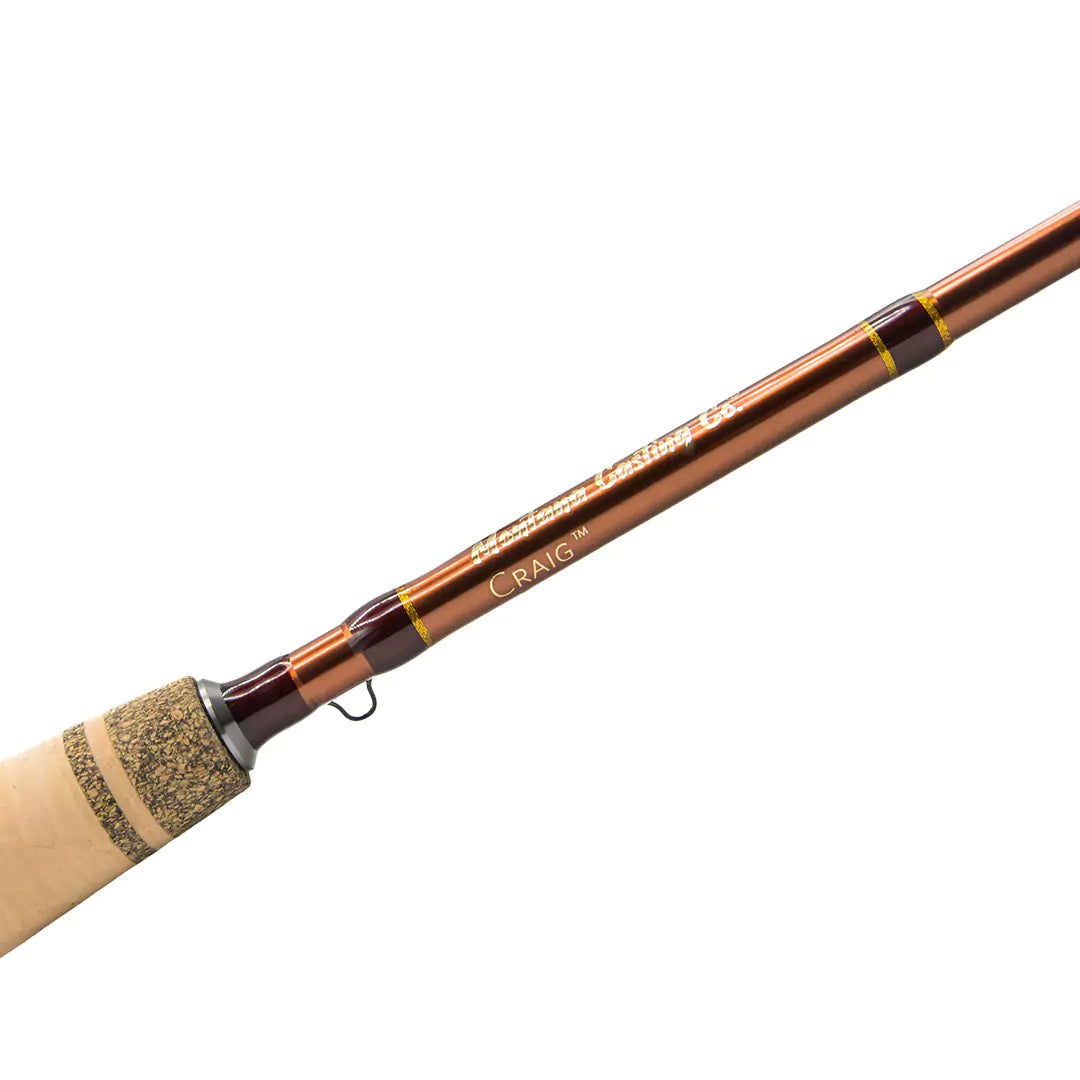
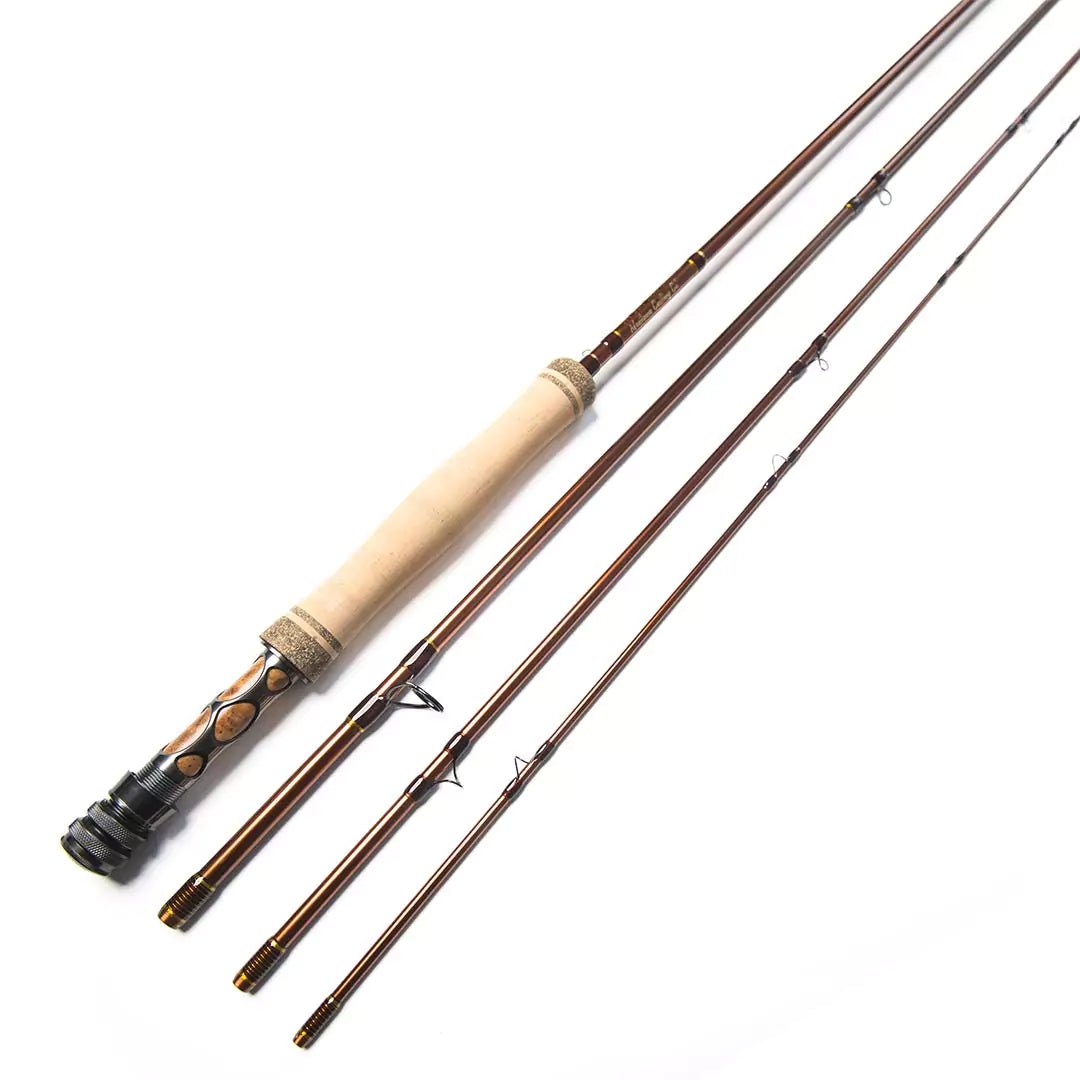
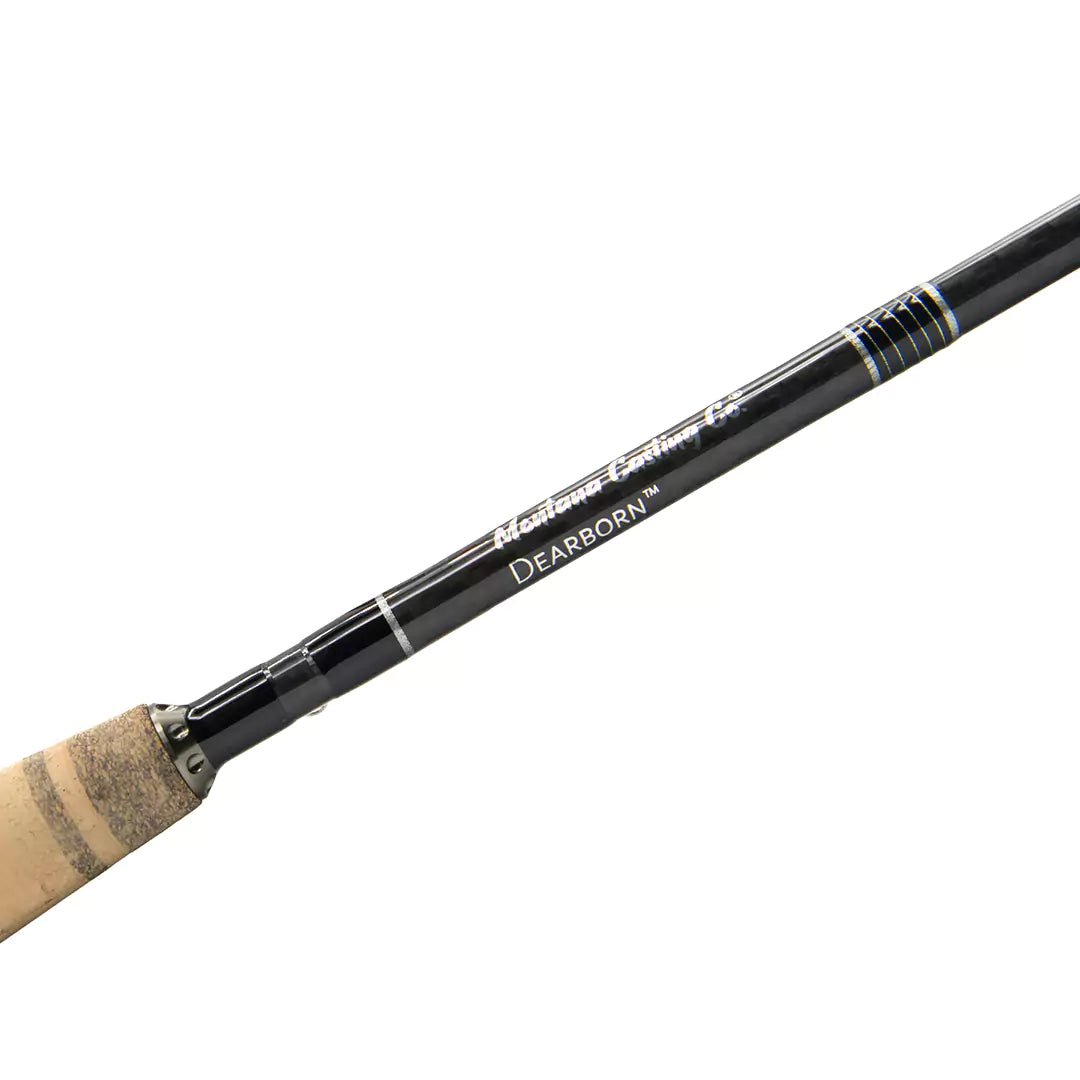
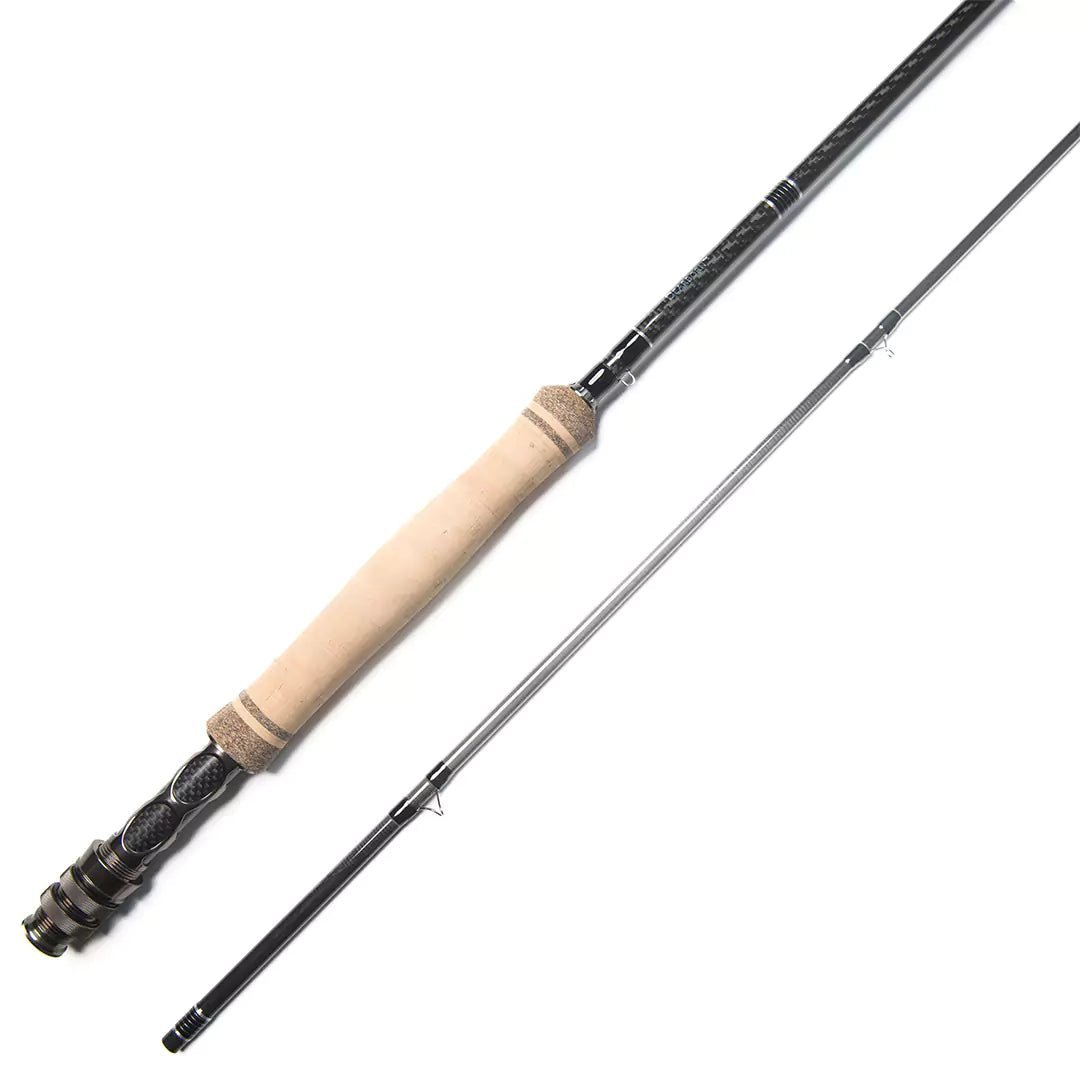
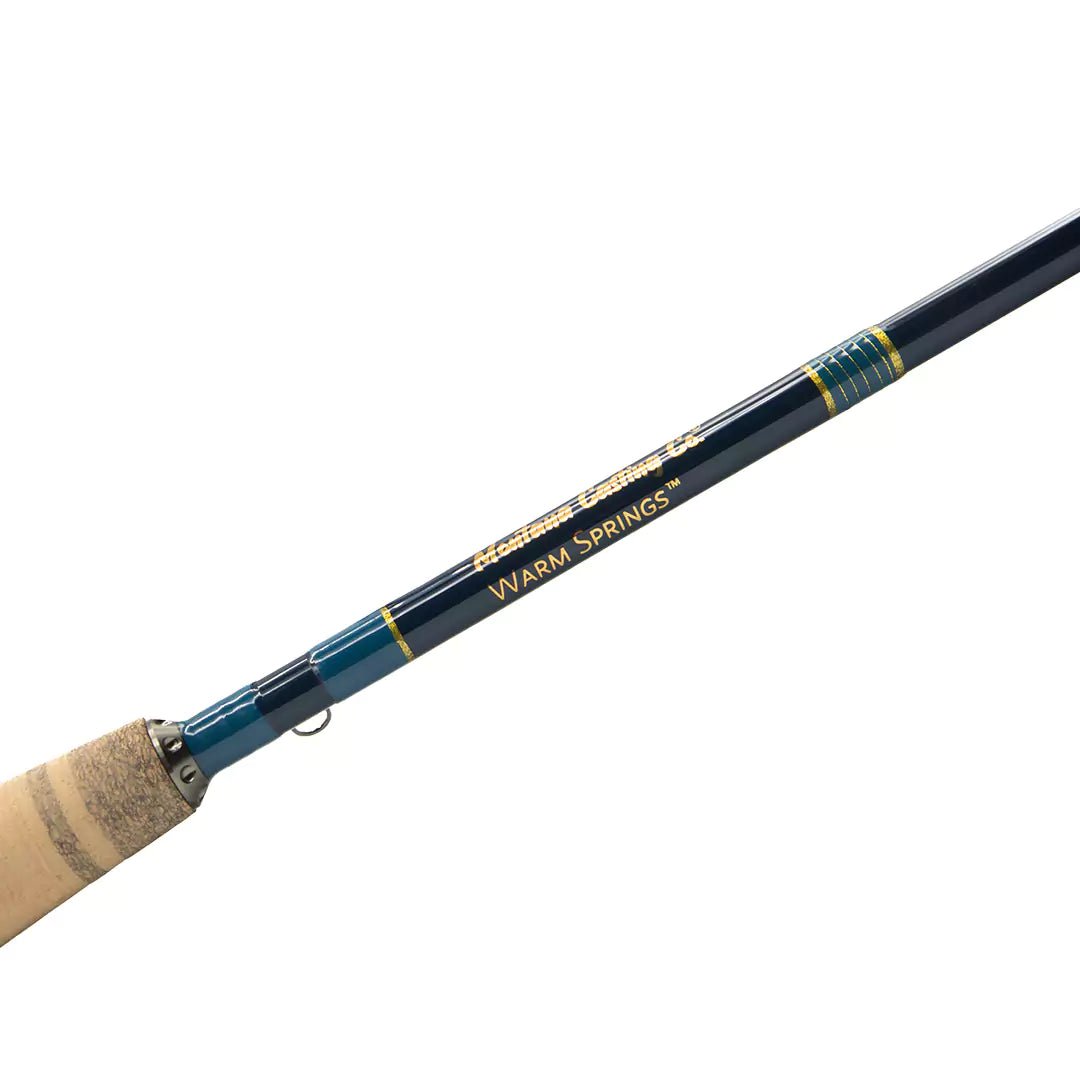
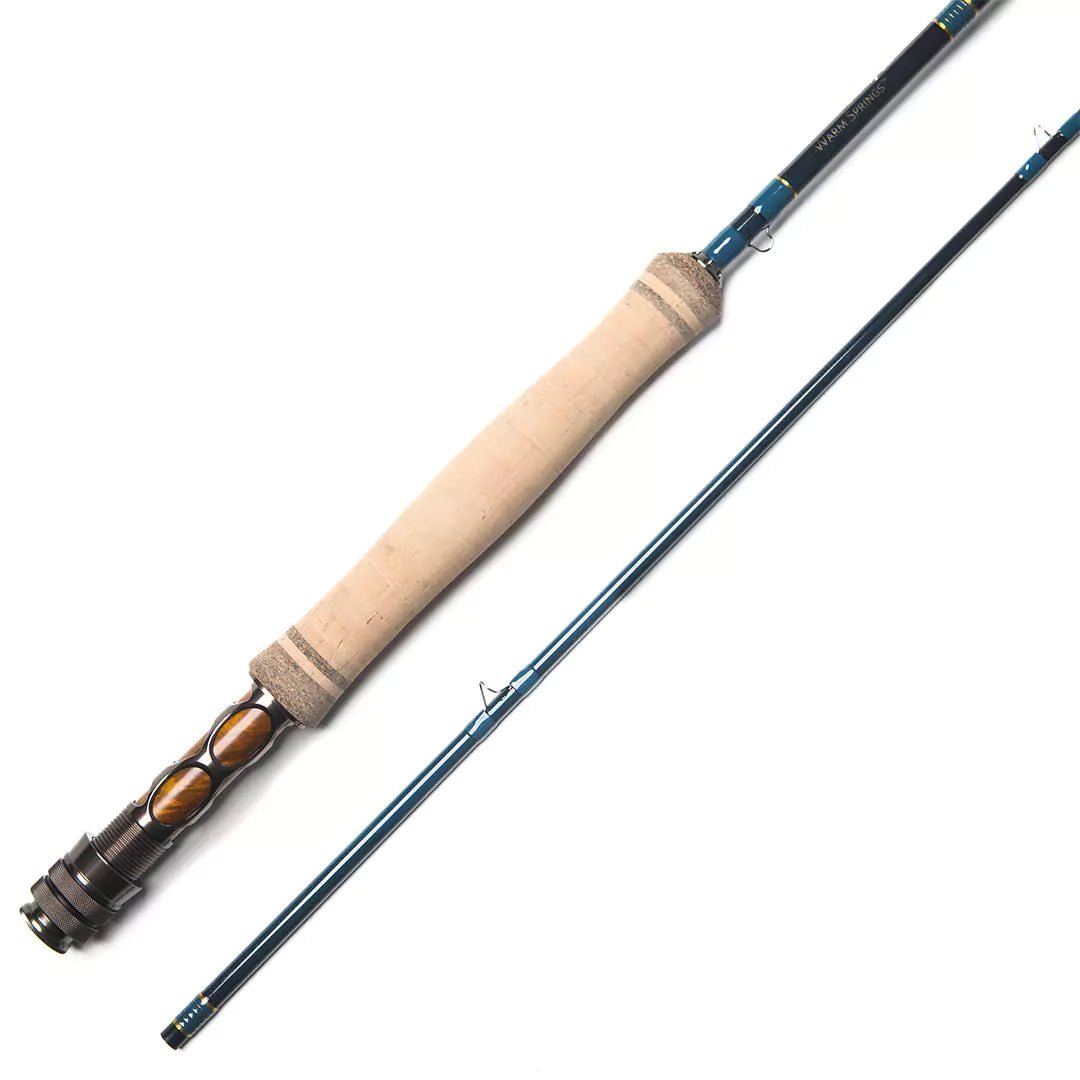
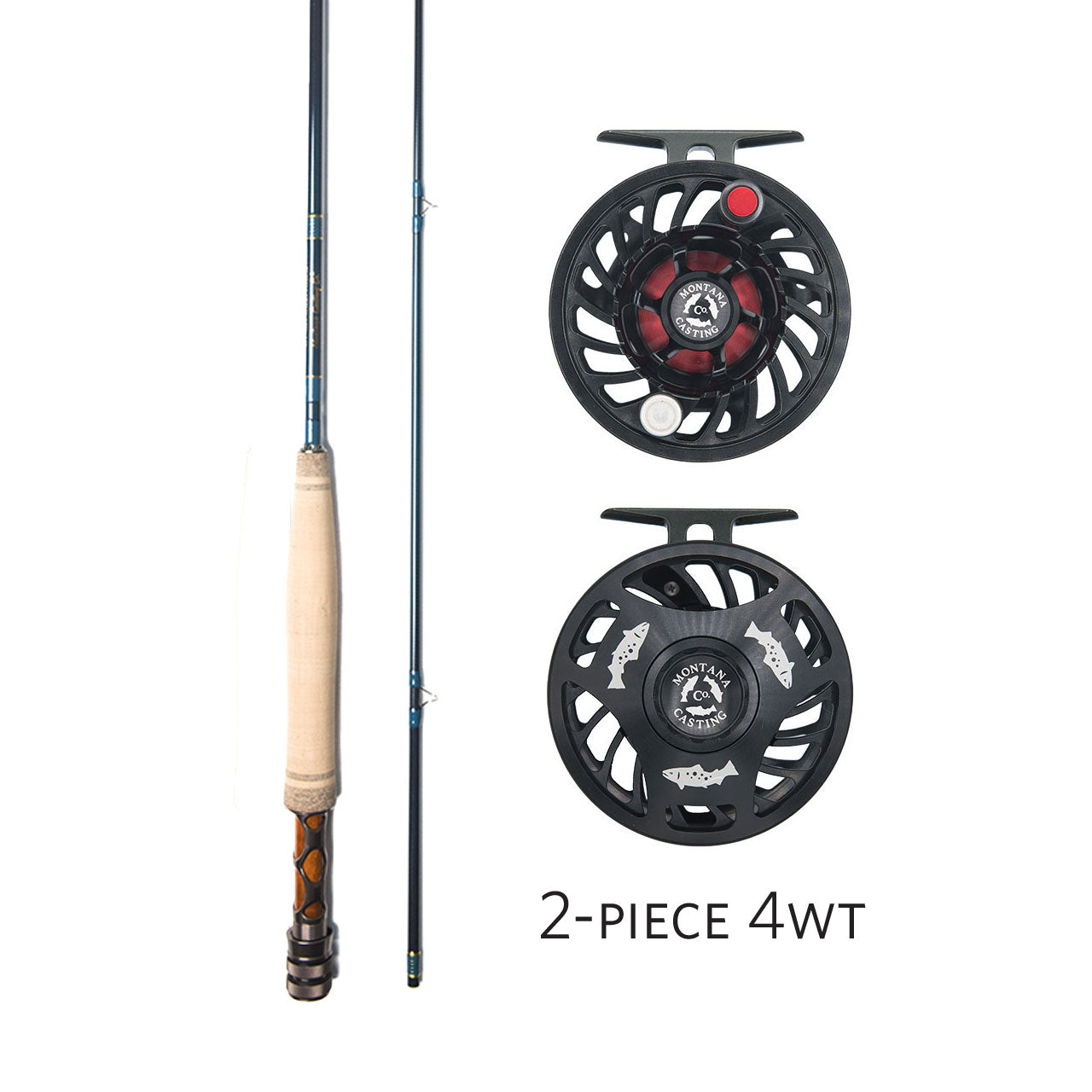
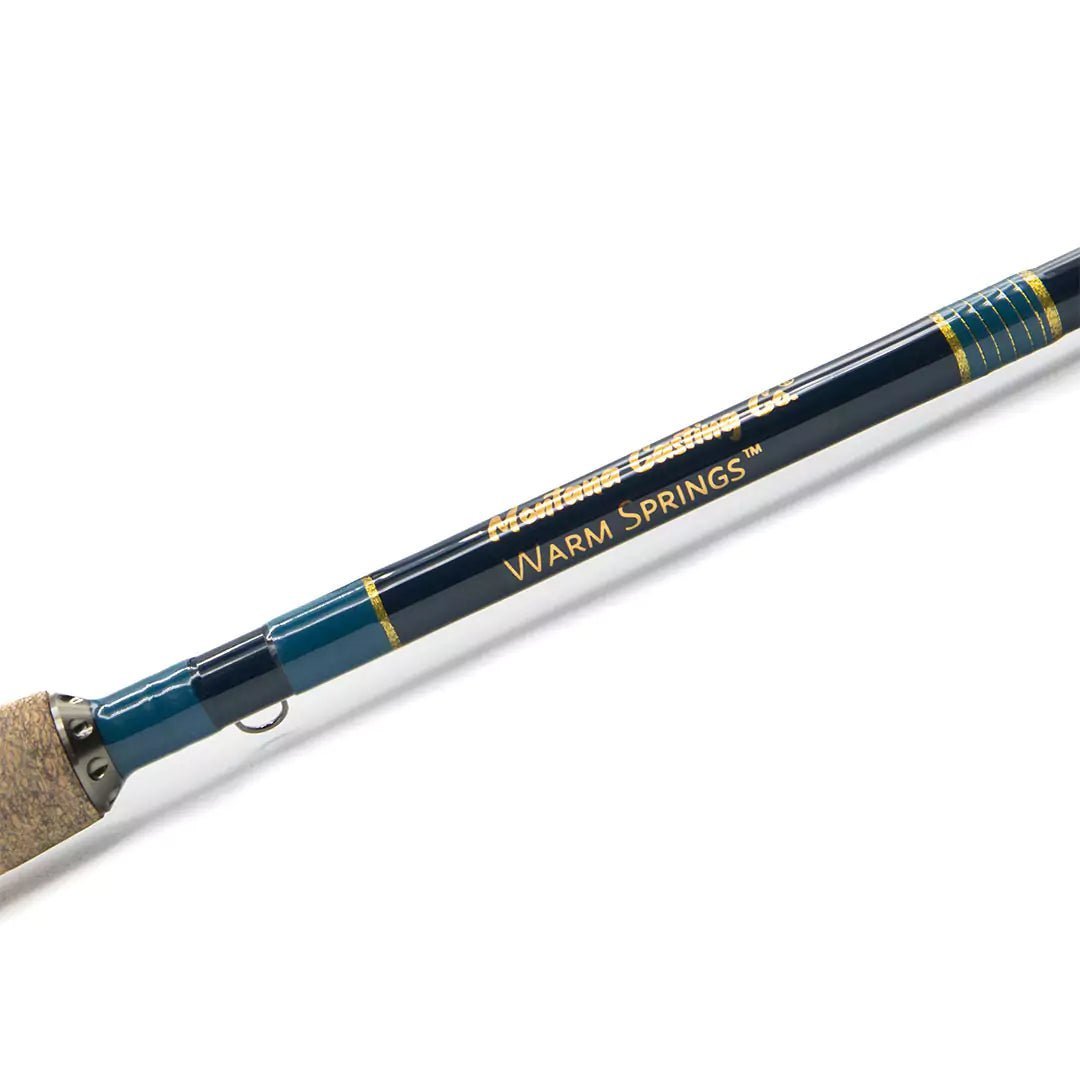
1 comment
The Fam and I were just discussing this a couple of days ago. It’s great how well you explained it and put it in such easy terms to understand.